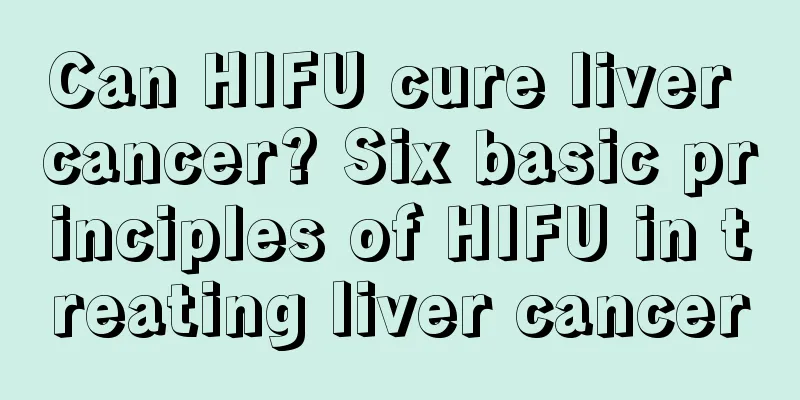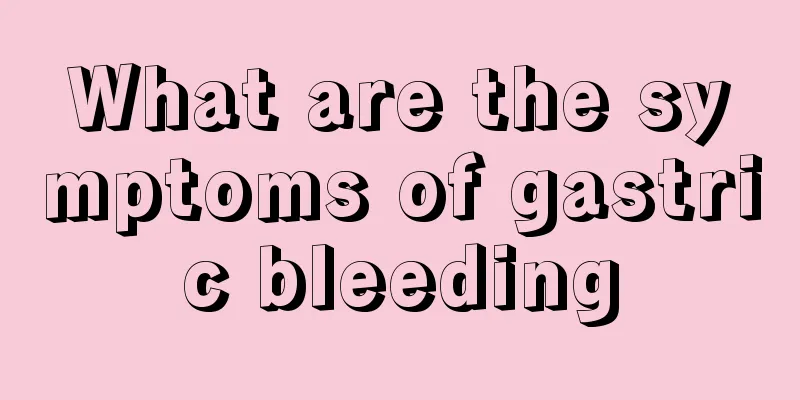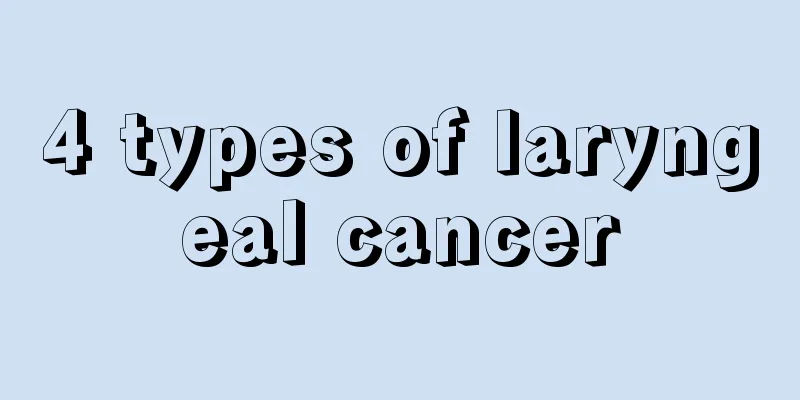Can HIFU cure liver cancer? Six basic principles of HIFU in treating liver cancer

|
HIFU can treat liver cancer. In the past, liver cancer was mostly treated with surgical resection, arterial embolization, chemotherapy, etc. However, many patients are often diagnosed with advanced tumors, or the tumors are located near large blood vessels, and they lose the opportunity for surgery. Some patients cannot tolerate surgical treatment due to physical reasons, and surgical resection also has many complications. HIFU treatment of liver cancer has the characteristics of less pain, no surgery, less damage, safety, few complications, and repeatability. It can improve patients' symptoms and prolong life. No local tumor rupture, jaundice, bile leakage, vascular damage, etc. were found after HIFU treatment. The treatment is very safe. 1. Indications: Palliative treatment of advanced tumors, solitary liver cancer of the right liver with a diameter less than 10 cm, giant right liver tumor with satellite nodules, and still confined to the right liver mass; local recurrence after surgery, portal vein cancer thrombosis; 2. Contraindications: existing cachexia, diffuse liver cancer, severe late-stage liver decompensation, and distant metastasis. 3. Treatment process: Patients with tumors in the right liver should lie on their right side, while patients with tumors in the left liver usually lie flat. Preoperative B-ultrasound is used to locate the tumor in the target area and formulate a treatment plan. Then the tumor is "ablated" from point to line, from line to surface, and from surface to body. Once a day, one layer takes about 40 to 60 minutes, and then it is accumulated layer by layer day by day until the entire tumor is completely ablated. After the treatment is completed, observe whether there is epidermal damage, and then use external B-ultrasound to scan the entire target area to determine the efficacy. 4. Postoperative treatment: Follow up the patient's liver function and electrolyte status. Supportive treatment should be given to patients with poor liver function, ascites, and jaundice. The body temperature of most patients is within the normal range. The body temperature of a few patients may rise within 3 to 5 days, generally below 38.5℃. Conventional fasting for 4 hours, patients with left lobe liver cancer should fast for 6 hours and start with liquid food, and gradually transition. Some patients have upper abdominal pain for 3 to 5 days after treatment, which is generally mild and can be relieved by themselves. 5. Efficacy evaluation: HIFU can destroy liver cancer tissue, and cancer cells will undergo irreversible necrosis. CT can show that the CT value of the target area has decreased significantly. Enhanced CT shows that there is no blood supply to the target area in the arterial phase and portal vein phase, and an enhancement band can be seen at the treatment edge. MRI plain scan T1 and T2 weighted phases can show changes in cancer foci signals, and enhanced phases show that the blood supply to the target area disappears in the arterial phase and portal phase, and an enhancement band can be seen at the treatment edge in the delayed phase. Ultrasound treatment is effective and can be seen as the mass gradually shrinks, the blood supply disappears, the tissue necroses, liquefies, and is finally absorbed. 6. Follow-up: Follow-up should be conducted every 2 months within 2 years after treatment, once every half year within 2 years, and once every year for more than 5 years. AFP can be used as an indicator to determine whether there is tumor recurrence. Imaging If the treatment is thorough, the mass will be reduced or disappear, or the mass will exist but there are no living cells. If the mass is more than 5 cm in diameter, the mass shadow can still be seen within 2 years, and it is necessary to use PET for identification. Through clinical observation of alpha-fetoprotein, liver function and MRI before and after treatment, the clinical remission rate of patients with liver cancer treated with HIFU is over 80%. For liver tumors with abundant blood supply, it can be used in combination with arterial interventional therapy. Hepatic artery perfusion chemotherapy and embolization therapy before HIFU treatment can block the blood supply to the center of the tumor. At the same time, embolization can be used as a tumor marker to facilitate HIFU positioning. Iodized oil also changes the acoustic impedance difference and sound wave absorption coefficient in the tumor, which is beneficial to the energy conversion at the focus during HIFU treatment and improves the treatment effect. |
Recommend
What are the main causes of glioma
Glioma does not occur without reason, nor does it...
Treatment of sequelae of stent surgery
I believe many of my friends have undergone stent...
How can we say that bile duct cancer has been cured?
Any disease will bring troubles to the patient, b...
What causes testicular cancer
Testicular cancer is a common malignant tumor in ...
How can diet stabilize the condition of liver cancer in the late stage? What are the symptoms of liver cancer in the late stage?
Liver cancer is a malignant tumor of the liver. M...
Bench press elbow pain
The bench press is a fitness exercise that has a ...
Abdominal muscle diet plan
Many people blindly train their bodies when train...
Can I see a Chinese doctor for treatment after radiotherapy and chemotherapy for nasopharyngeal carcinoma?
Can I see a Chinese medicine doctor for treatment...
Swallowing saliva feels like there is a foreign body sensation
Saliva is a liquid secreted by the human body tha...
What is the use of expired milk?
I bought a box of milk before National Day. When ...
Can I have chest scraping? How to shave?
Gua Sha is a traditional Chinese medical therapy ...
What are the tips for removing acne from oily skin
Female friends are reluctant to go out after they...
What are the symptoms of nasal septum deviation and turbinate hypertrophy?
Nasal septum deviation is a common disease. Most ...
Can Huoxiang Zhengqi Water treat acne?
There are many reasons for acne on the face. Most...
What is the cost of thyroid cancer imaging? Various symptoms of thyroid cancer
The cost of thyroid cancer angiography. Nowadays,...









